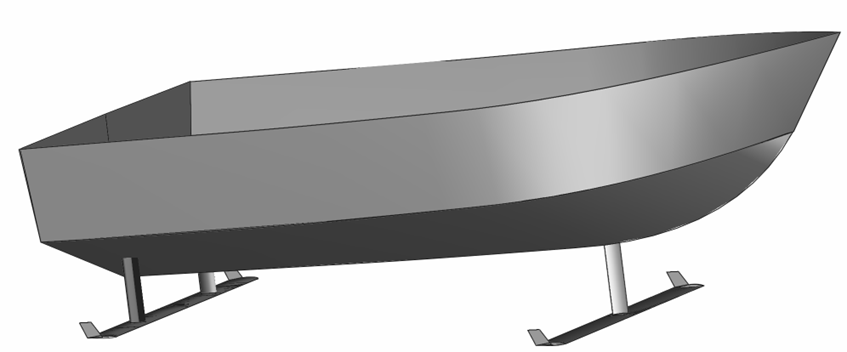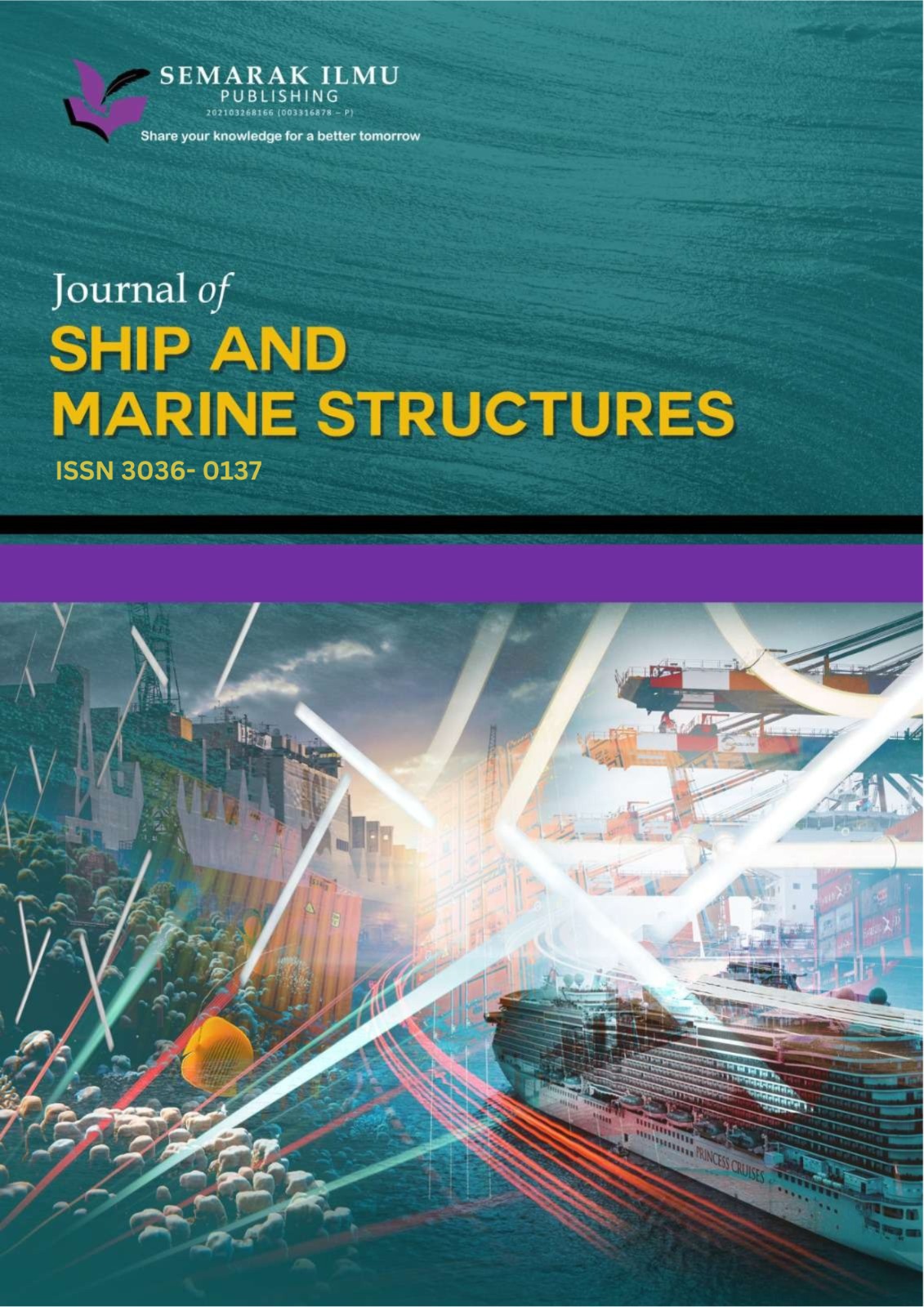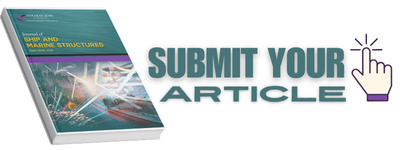Study of Winglets Performance for Small Hydrofoil Craft Using Computational Fluid Dynamics
Keywords:
Computational fluid dynamics, hydrofoil, lift force; vortices, wingletAbstract
A hydrofoil ship excels in high-speed travel with fuel efficiency due to reduced resistance. However, utilizing the submerged surface results in turbulent flow from fluid interactions on the hydrofoil's surfaces. The solution involves appropriately affixing winglets, similar to those on airplane wings. This study investigates various winglet designs for optimal selection; whilst their influence on vortices through computational fluid dynamics (CFD). The hydrofoil-winglet flow pattern, lift, and drag are then assessed through parametric winglet variation. The winglet-less hydrofoil (W0) generates high lift but substantial drag, leading to an unfavourable L/D ratio. Absence of a winglet at the hydrofoil tip causes increased pressure gradient, inducing vortex drag. In contrast, the W1 model, equipped with an enclosed winglet, outperforms in maintaining pressure-side flow, yielding the highest L/D ratio. Attaching winglets to the hydrofoil's edges could potentially reduce surface vortices. In general, these findings contribute to the advancement of efficient and innovative maritime transportation solutions.










